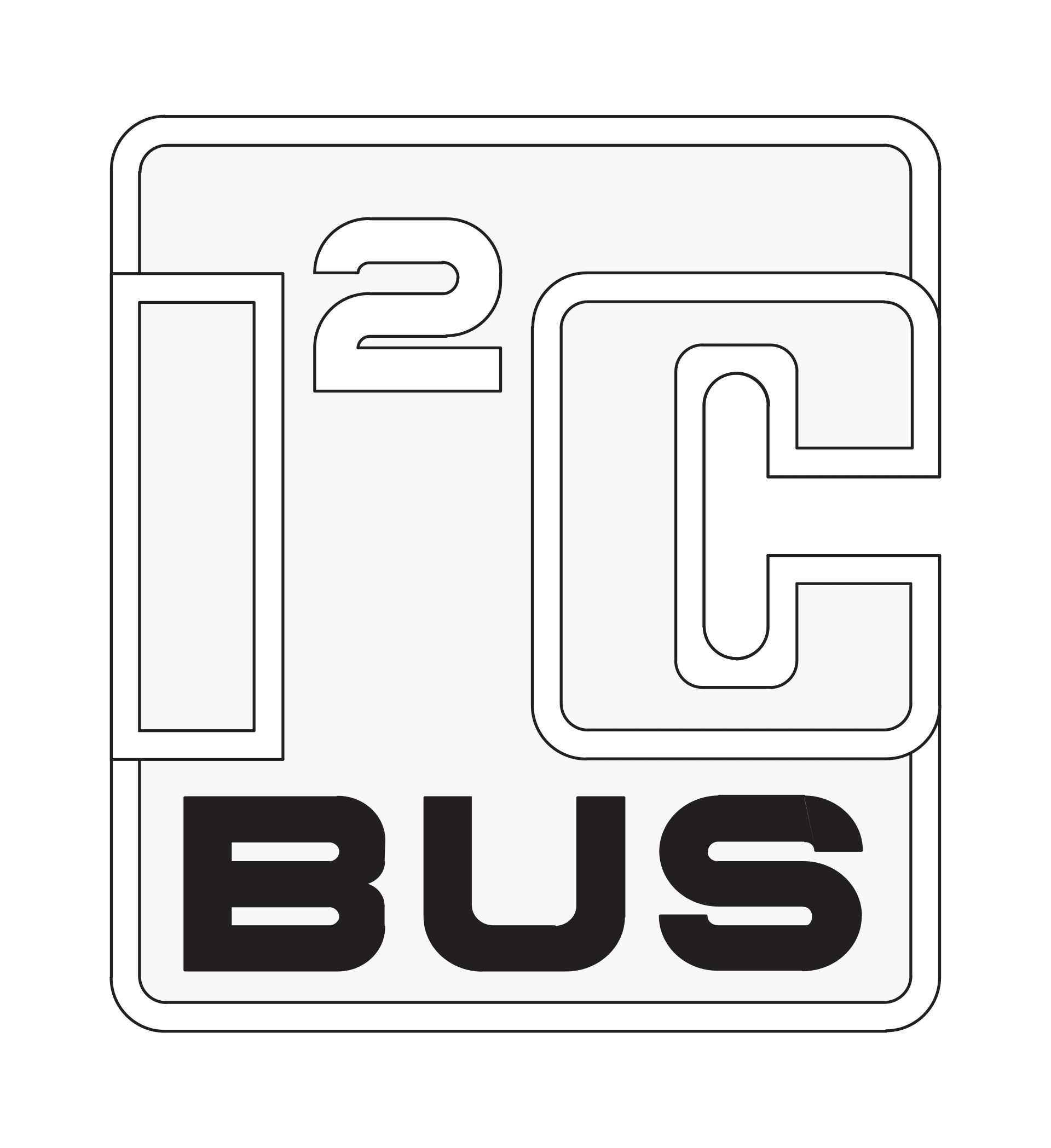
Running I2C on Pro Micro (4) - TRRS Connection
Announcement: A book that extensively revises and compiles the content of this article is now available. Please check it out if you want comprehensive information.
In this fourth article of the series, we'll connect breadboards using a TRRS cable. This allows us to connect distant breadboards with a single cable, increasing independence and streamlining the wiring.
Background Knowledge
A TRRS cable is a four-pole cable (with four independent wires). The letters stand for Tip, Ring, Ring, and Sleeve, and it's commonly used in audio devices that require a microphone. A similar cable is the TRS cable, which is three-pole. TRS is used for unbalanced stereo connections[1], i.e., commonly used in general audio equipment, so if you buy a similar cable without thinking, you're guaranteed to mistakenly buy a TRS.
So why use a TRRS cable? Weren't we using I2C connections? There's a hint in the production process up to the previous article. If you're the type who likes to take on the author's challenge near the end of a mystery novel, try thinking about it.
Why It's Used for I2C
When we connected between breadboards last time, we needed two data lines: SDA and SCL. However, to operate the IC, that wasn't enough; we also needed power supply VCC and GND.
Therefore, a TRRS cable is used because it has four signal lines, which is the minimum required for operation. While there are several cables that meet this requirement, the TRRS cable has become popular for I2C use due to the ease of handling its connector (jack).
Parts Needed
This time, we'll just add TRRS jacks. Prepare one each for the Pro Micro side and the IO Expander side.
- MJ-4PP-9 (3.5mm TRRS jack) x2
- PJ-320A is also fine. Any 3.5mm four-pole jack will do
- 3.5mm TRRS cable x1
- Be careful as four-pole (TRRS) cables are rare! An affordable one is about 220 yen for 0.15m (Sengoku Net)
Parts Used So Far
- Breadboard (BB-801 etc.) x1
- Pro Micro + pin header x1
- Reset switch x1
- Pin input switch x1
- Jumper wires x many
- Cable to connect Pro Micro and PC
- MCP23017 x1
- 1kΩ resistor x2
- Breadboard (BB-801 etc.) x1
- If you want to separate the breadboards. One is fine if everything fits
Layout
Preparation
Unfortunately, the MJ-4PP-9 doesn't fit into the breadboard. Therefore, we'll solder jumper wires to each leg and insert those into the breadboard.
Wiring Diagram
I assigned the four-pole jack as follows. After some research, it seems that except for GND, the positions are loosely determined, so you can assign them freely as long as you're not connecting to devices made by others. Be careful, as if the assignments differ between the two connected sides, it won't work and might even cause a short circuit.

As long as the layout is consistent within the board, it's OK
It's like replacing the cables connecting the breadboards with TRRS jacks. You can see that the independence has increased and it looks neater.

Achievement: Connection via cable
Operation Check
Connect the TRRS cable securely, and if it behaves the same as before, you've succeeded! If it doesn't work well, make sure the cable is firmly inserted all the way into the jack.
Summary
Connecting two distant breadboards makes it look more authentic. In the next article, we'll try connecting three devices to create a daisy chain. This is where the strengths of I2C will start to shine.
This might not make sense if you're not familiar with audio equipment ↩︎


